Equipment
The greatest Titleist irons of all time

Since the introduction of our ongoing “greatest of all time” series, Titleist irons have been one of the most requested lists to tackle. Even though, at one point, Titleist was basically known for being “just a golf ball company,” it uprooted that notion decades ago and has since produced some of the most notable irons of all time. From one-piece forged blades to some of the most technology-packed irons on the market, Titleist continues to be a leader in irons across player categories.
This is our list of the greatest Titleist irons of all time.
Original Titleist AP2 – Released 2008
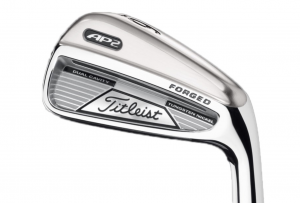
The very first AP2 iron was one of the most hyped Titleist irons ever—full stop. Titleist engineers called the multi-material design “a total process breakthrough for constructing an iron,” saying, “never has a back piece with that kind of function or complicated geometry been welded to a forged body.” The back piece was a tungsten nickel box that placed more mass low in the head to boost forgiveness and launch in a compact head. This use of multi-materials is commonplace now, but in 2008 it was not.
When the AP2 originally arrived on the scene in 2008, it took Titleist’s already solid reputation for producing great irons and sent it through the stratosphere. The entire 2008 Titleist AP series, including the AP1, reintroduced Titleist as an iron company to many golfers who overlooked them because of their reputation for being a company that strictly catered to single-digit handicaps.
It’s not that the previous-generation Titleist irons totally stunk either. The 755 and 775CB were still nice clubs (just ask Steve Stricker—he used them for over a decade), but in reality, they lacked the technology other companies at the time were beginning to introduce to the market for both forgiveness and feel. The AP2 entirely changed Titleist’s reputation and single-handedly created a completely new category of iron: players technology.
Titleist AC 108 – Released 1972
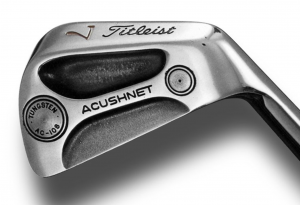
We kicked this list offer with an iron that featured tungsten. Now, we’re going to go back to the Titleist roots to talk about the AC 108—one of the first irons to offer tungsten perimeter weighting on the heel and toe. But, before we talk more about this specific club, let’s go deeper…
Titleist clubs history
The first Acushnet irons debuted in 1970 and were known as the Finalist Forged irons. They were introduced to the market just one year after Acushnet (Titleist) purchased Golfcraft in 1969 to get into the space. If you are not familiar with the Golfcraft Company, it produced top-of-the-line forged clubs under a number of brands dating back to the 1940s.
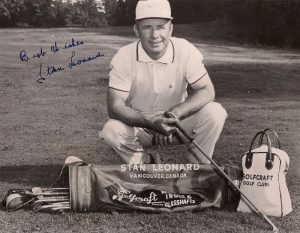
In fact, in 1966, three years before Acushnet purchased it, the Wall Street Journal called Golfcraft the largest golf club manufacturing company in the world. Beyond its own brands, it sold blank heads to some other manufacturers to do final finishing and shaping. If you have read other articles in this series, you might remember that back in 1961, a man named Karsten Solheim bought some blank Golfcraft heads and milled the backs out to produces the very first cavity back iron: the Ping Ballnamic ’69 (reference: Greatest Ben Hogan Irons of all Time). The purchase of Golfcraft made Acushnet an instant player in the category to complement its already strong position in the ball market.
The AC 108, although small by today’s standards, offered a lot of playability for golfers looking for an alternative to traditional forged blades. One final fun fact about the AC 108, the branded Tungsten toe weights from the iron were used in the first prototype Scotty Cameron putters that had tungsten weighting.
Titleist DCI 962 – Released 1993
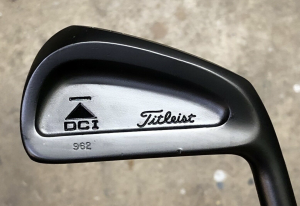
The Titleist DCI (Direct Central Impact) line first came out in 1993 with the black and gold models, denoted by a colored triangle in the cavity. The DCI line was a way to introduce more golfers to Titleist irons by offering a classic shape with the added forgiveness of a cast cavity back. It also allowed them to be offered at a different price point compared to the forged blades of the time. The DCI 962 is highly regarded as the pinnacle (no golf ball pun intended) of the DCI line, thanks to its clean look from address and its C-shaped sole profile.
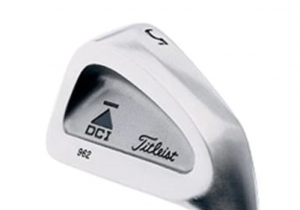
But the other reason the 962’s are on this “great irons” list is there was a second model, the 962B, which offered the same sole but in a smaller blade profile, hence the “B” designation. It was the second DCI “B” iron, but it is by far the most well know and still sought after. The 962B’s were David Duval’s go-to irons while with Titleist and helped him shoot 59 at the Bob Hope. The 962B is also regarded as one of the greatest small cast cavity back irons ever made, thanks to its shape and sole design.
Titleist 600 Series blades – Released 2003
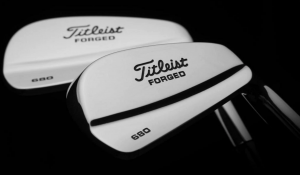
For any club to win on the PGA tour 17 years after its initial release, you know there must be something special about it. The Titleist 680 was part of the legendary original 600 series from Titleist that included the 660, 670, and 690, which was also offered in a forged cavity back, the 690CB. This heritage is part of the reason Titleist decided to name the newest forged blades and cavity back irons the 620 MB and CB and give a tip of the hat to some of the best it ever made.
While modern blades look to offer flowing CG’s and added forgiveness (a relative term for any blade design), the 680s are an uncompromising set of “you better hit this pure” forged blades. It’s one of the reasons—beyond the old school higher heel look—Web Simpson used them up until 2017 and Adam Scott continues to use them on the PGA Tour today (Adam Scott 2020 WITB). The 680s have been such a mainstay in Mr. Scott’s bag, Titleist did something almost unheard of: produced a limited production run in 2018, releasing 400 sets for sale to the general public—while also keeping an undisclosed number of sets for Adam to use into the foreseeable future.
The lineage of the 600 series dates back to the original 1979 Tour Models and the name stuck around until 1997. Like all clubs, the Tour Models went through a number of changes throughout their run as player preferences changed. From straight muscles to curved dual muscle pads, most of the changes were to the soles and address profiles. Two of the most well-known models are the “Square Toe” and “Box Blade.”
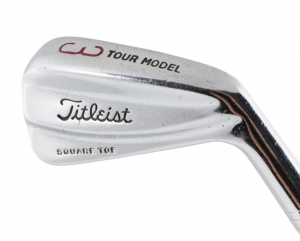
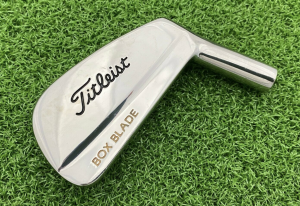
731 PM Limited LH set – Released 2002
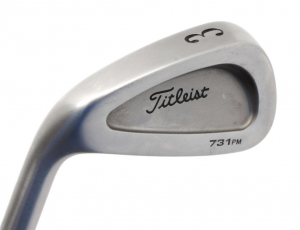
Every list needs to have one odd standout, and for Titleist, it has to be the 731PM irons. The 731PM irons are unique for a number of reasons
- They were designed with Phil Mickelson to be his personal set and were, from all accounts, originally intended to remain a prototype.
- They were Titleist’s very first designated combo set. There was no mixing and matching to build your own. This set transitioned club to club from full cavity to high muscle blade.
- They were cast. Even though the set had blades into the shorter clubs, the set was cast and not forged—making them the only cast set of blades Titleist ever made.

Photo: Dave Martin
Phil used these irons to win his first major in 2004. Last but not least, this is probably the only completely unique retail set that was only ever available in left-handed—for the first time ever, it was right-handed golfers that were left out in the cold.
Titleist C16 – Released 2016
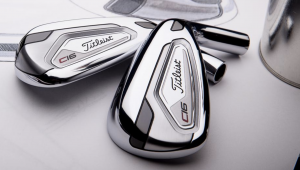
The Titleist C16 irons were released in an under-the-radar secret handshake way in late 2016. No marketing, no tour validation process, just a simple “hey look what we have” arrangement, and it was off to the races. The going rate for a set of irons was $3,000, and there was good reason for it—they had every possible technology packed inside.
To even get the opportunity to test the C16 series, which also included a $1,000 plus driver, you had to sign up and take part in a fitting at either TPI in Oceanside or one of the few Titleist fitting locations offering the iron. It was Titleist’s first attempt to break into the ultra-exclusive, spare-no-expense concept car-style golf club market—and it was a huge success.
Here’s the part that made the C16’s so unique in the market and for Titleist. Generally, Titleist clubs go through an extensive tour validation process to make sure they are ready for the consumer, but in the case of the C16 irons, the development process was conducted behind closed doors and the validation was conducted by Titleist fitters working with consumers willing to participate in the experience.
It was a large scale experiment to both collect data and offer the most technology-forward clubs ever produced to golfer willing to participate. In total, there were around 2,000 sets of the C16’s ever produced, and it’s not often they are spotted in the wild—although the driver was most notably sighted at the 2018 Masters when the quietly famous marker, Jeff Knox, was spotted with one.
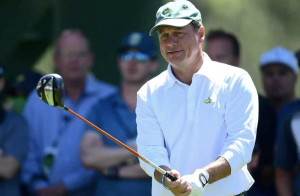
The “C” in C16 was for Concept, since the entire line was a limited run. However, it was only a few years later when Titleist once again put everything on the table and introduced the CNCPT (Concept) series 01 and 02 models to the mass market.
Here’s how they are described
“To put it simply, we’ve never seen the ball come off the face of an iron faster. Engineered to produce higher launch, greater distance and the most generous impact possible, with high density tungsten making up nearly 50% of the total head weight in the lower lofts.:
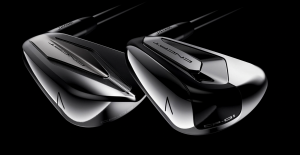
The CNCPT Series are the supercars of the Titleist iron lineup, and unlike the original C16, they are offered in both a more forgiving shape and also in traditional blade-like profile—except with all the same technology jammed inside. I’m not saying the CNCPT series would have never existed without the original C16s, but they were the seedling that formed the root of this family tree.
Titleist 712U – Released 2012/TMB MOTO Released 2016
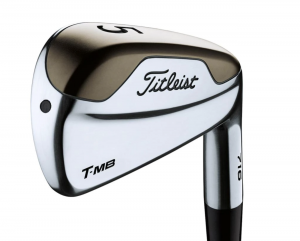
As mentioned previously, Titleist for a long time had a reputation of only making clubs that appealed to lower handicap golfers—something that is very much a misconception.
Engineers had the original DCI, they offered the AP1, and then in 2012, they went a step further by introducing their very first (for full retail release) hollow driving iron in the 712U—the original being the tour only 503i. The 712U was available from 2-4 iron with a 5-iron available to tour players.
It wasn’t long after the 716 T-MB’s came to market as part of the Titleist MOTO (Made Only To Order) Program, and even though they were hard to get, they were still very much a successful iron. This eventually leads to the full release 718 T-MB, and, if you connect the dots, you can see the lineage into the T400 iron—even though they are targeted to a very different group of golfer.
If it wasn’t for the 712U and the 716 T-MB, where would hollow Titleist irons be today?
Titleist T-Series 2019 – The new baseline?
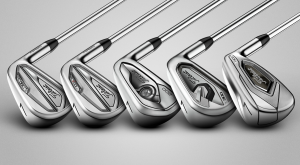
The most recently released irons, the Titleist T-Series, marks an evolution in the Titleist iron lineup along with a complete rebranding of the Titleist “players technology line.”
The T100 and T100-S are smaller than any previous AP2 iron, while still offering greater stability than any previous iron. The T200 and T300 have been built with the new Max Impact technology to boost ball speeds off a thinner face while still maintaining the signature Titleist feel. Finally, T400 irons have incorporated technology from a number of other Titleist products, including the U500 and CNCPT series, to build the ultimate Titleist distance iron that sacrifices nothing.
Only time will truly tell if the newest T-Series will be included on this list, but based on consumer feedback, sales to date, and the technology packed inside, these irons are well on their way.
- LIKE461
- LEGIT56
- WOW33
- LOL11
- IDHT8
- FLOP8
- OB7
- SHANK42
Equipment
Why Rory McIlroy will likely use the new TaylorMade BRNR Mini Driver Copper at the RBC Heritage
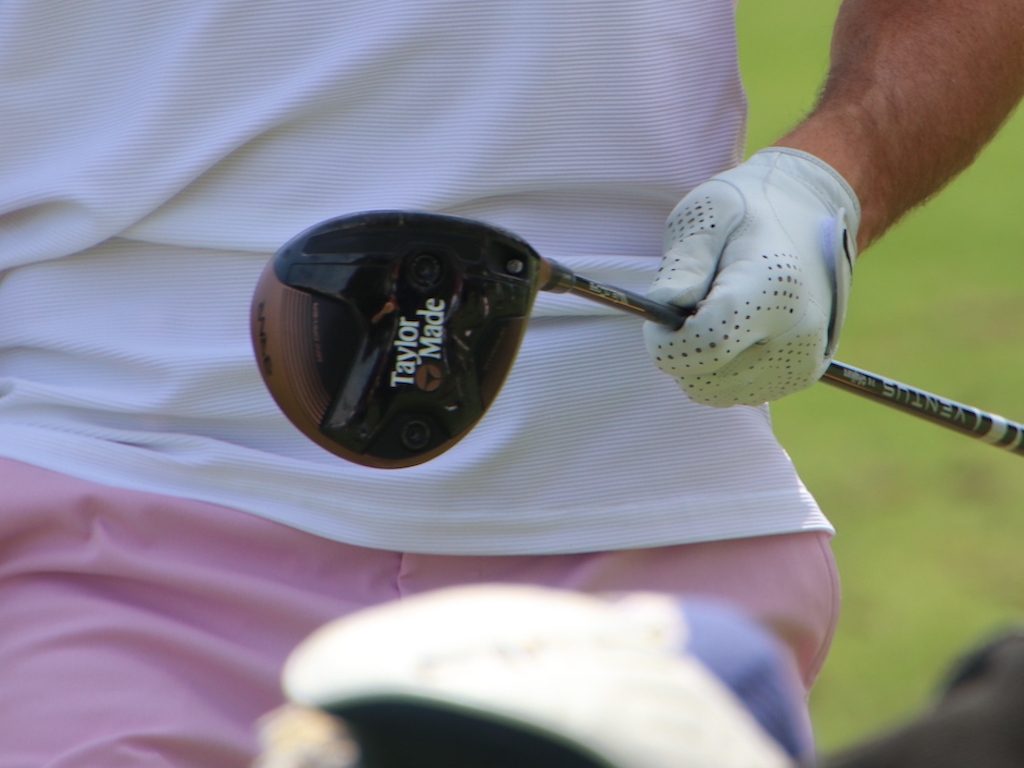
Although we spotted Rory McIlroy testing the new TaylorMade BRNR Mini Driver Copper last week during practice rounds at the Masters, he ultimately didn’t decide to use the club in competition.
It seems that will change this week at the 2024 RBC Heritage, played at the short-and-tight Harbour Town Golf Links in Hilton Head.
When asked on Wednesday following his morning Pro-Am if he’d be using the new, nostalgic BRNR Copper this week, McIlroy said, “I think so.”
“I like it,” McIlroy told GolfWRX.com on Tuesday regarding the BRNR. “This would be a good week for it.”
View this post on Instagram
According to Adrian Rietveld, the Senior Manager of Tour at TaylorMade, the BRNR Mini Driver can help McIlroy position himself properly off the tee at the tight layout.
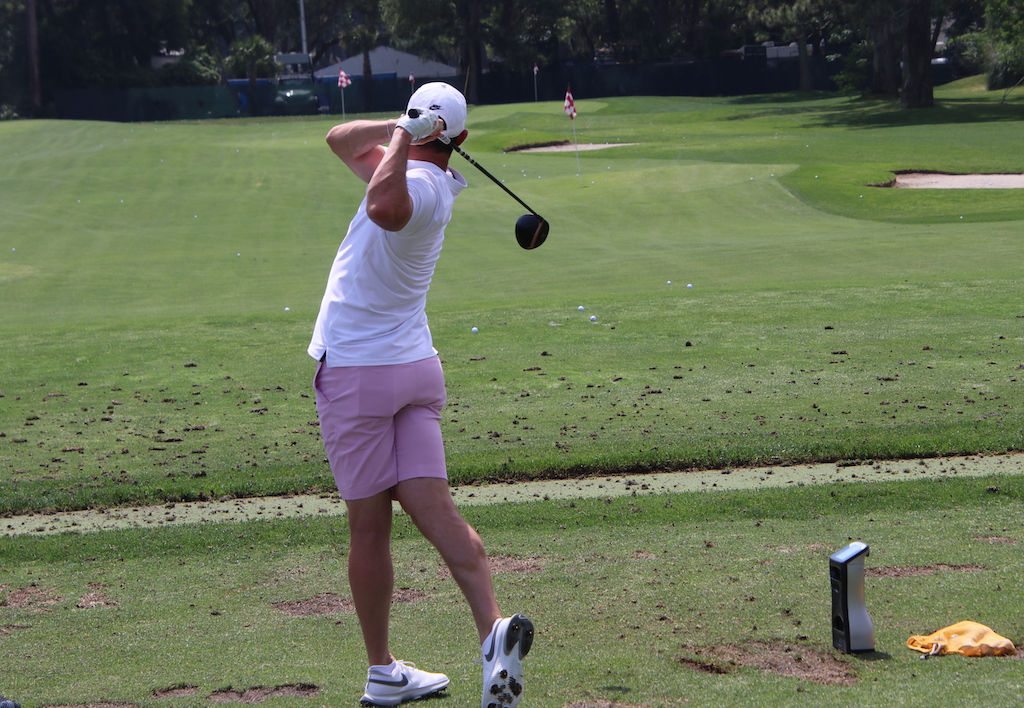
Here’s what Rietveld told GolfWRX.com on Wednesday:
“For someone like Rory, who’s that long at the top end of the bag, and then you put him on a course like Harbour Town, it’s tough off the tee. It’s tight into the greens, and you have to put yourself in position off the tee to have a shot into the green. It kind of reminds me of Valderrama in Spain, where you can be in the fairway and have no shot into the green.
“I’m caddying for Tommy [Fleetwood] this week, so I was walking the course last night and looking at a few things. There’s just such a small margin for error. You can be standing in the fairway at 300 yards and have a shot, but at 320 you don’t. So if you don’t hit a perfect shot, you could be stuck behind a tree. And then if you’re back at 280, it might be a really tough shot into the small greens.
“So for Rory [with the BRNR], it’s a nice course-specific golf club for him. He’s got both shots with it; he can move it right-to-left or left-to-right. And the main thing about this club has been the accuracy and the dispersion with it. I mean, it’s been amazing for Tommy.
“This was the first event Tommy used a BRNR last year, and I remember talking to him about it, and he said he couldn’t wait to play it at Augusta next year. And he just never took it out of the bag because he’s so comfortable with it, and hitting it off the deck.
“So you look at Rory, and you want to have the tools working to your advantage out here, and the driver could hand-cuff him a bit with all of the shots you’d have to manufacture.”
So, although McIlroy might not be making a permanent switch into the new TaylorMade BRNR Mini Driver Copper, he’s likely to switch into it this week.
His version is lofted at 13.5 degrees, and equipped with a Fujikura Ventus Black 7X shaft.
See more photos of Rory testing the BRNR Mini here
- LIKE11
- LEGIT0
- WOW0
- LOL1
- IDHT0
- FLOP0
- OB0
- SHANK1
Equipment
Spotted: TaylorMade P-UDI driving iron
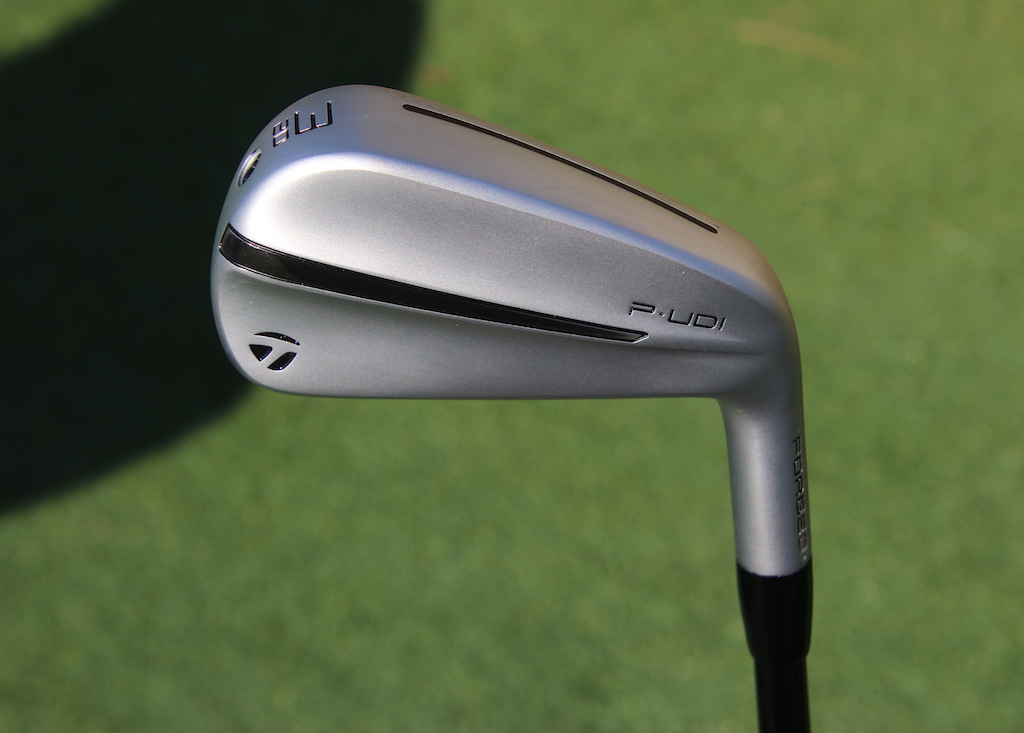
It seems like the RBC Heritage is full of new gear to be spotted, and you can add TaylorMade’s P-UDI utility irons to that list.
We spotted a 17-degree P-UDI 2-iron in Nick Dunlap’s bag yesterday, and now have some photos of both the 3- and 4-irons. Nick has his P-UDI 2-iron setup with a Project X HZRDUS Black 4th Gen 105g TX shaft.
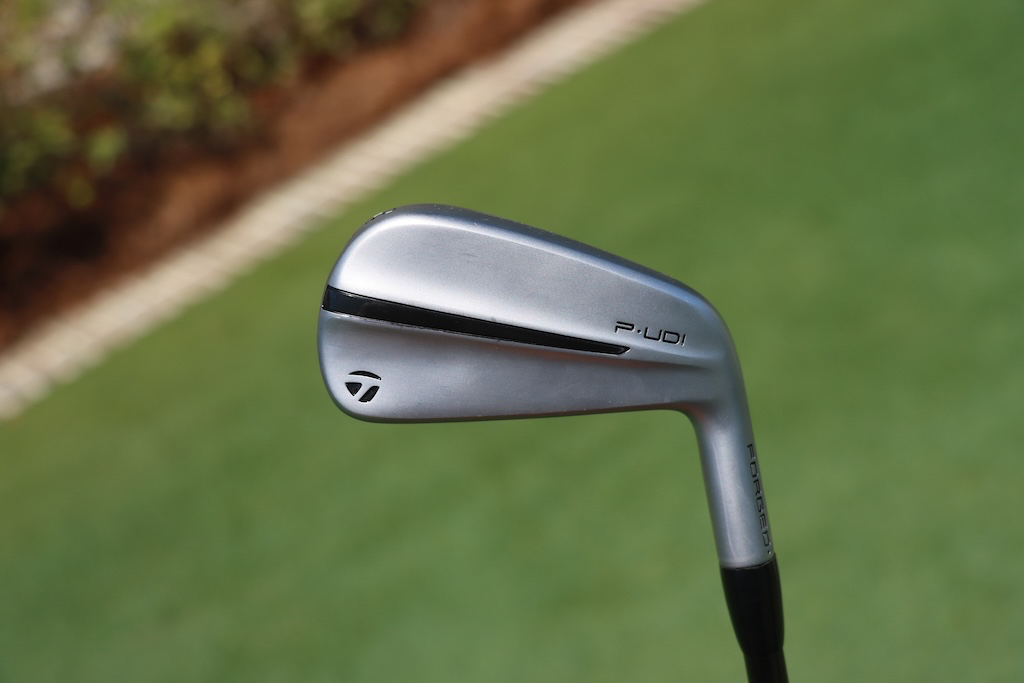
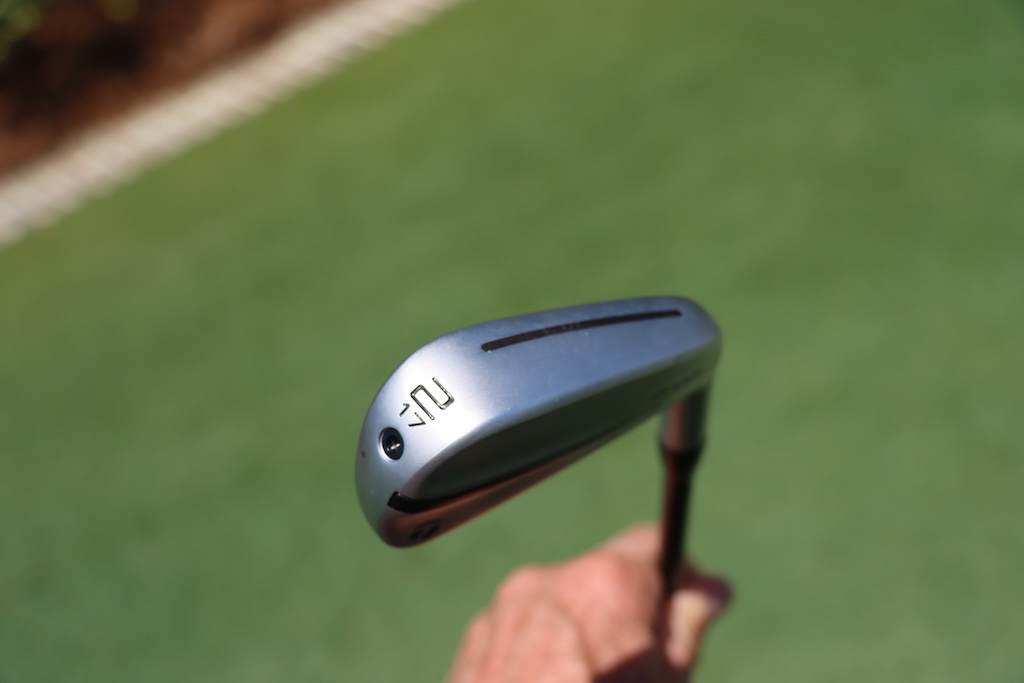
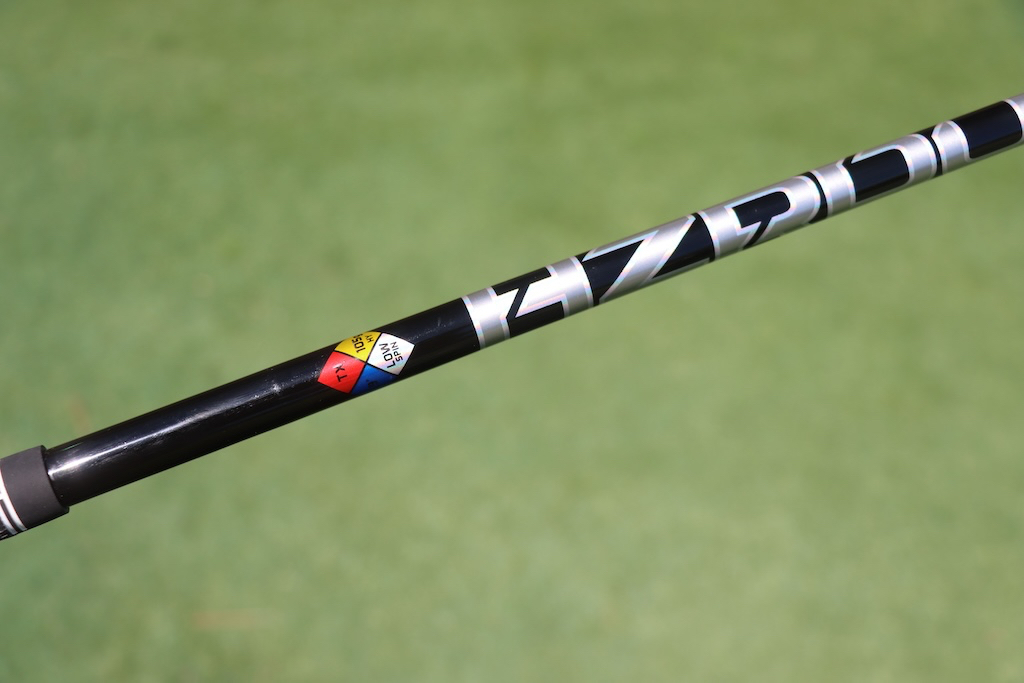
From what we can tell, this new P-UDI utility iron looks to have some of the usual TaylorMade technology as we can see the Speed Slot on the sole of the club for additional face flexibility. A toe screw is usually used to close off the hollow body design that will probably be filled with a version of TaylorMade’s Speed Foam that is present in the current iron lineup. This hollow body, foam-filled design should offer additional ball speed, soft feel, and sound, as well as an optimized CG for ball flight.
“Forged” is etched into the hosel, so we can assume that either the face, body, or both are forged for a soft and responsive feel. The club looks good from behind and at address, where we can see just a little offset and a topline that I would consider medium thickness. We don’t have the full details on what is under the hood or how many loft options will be available yet.
TaylorMade P-UDI 3-iron – 20°
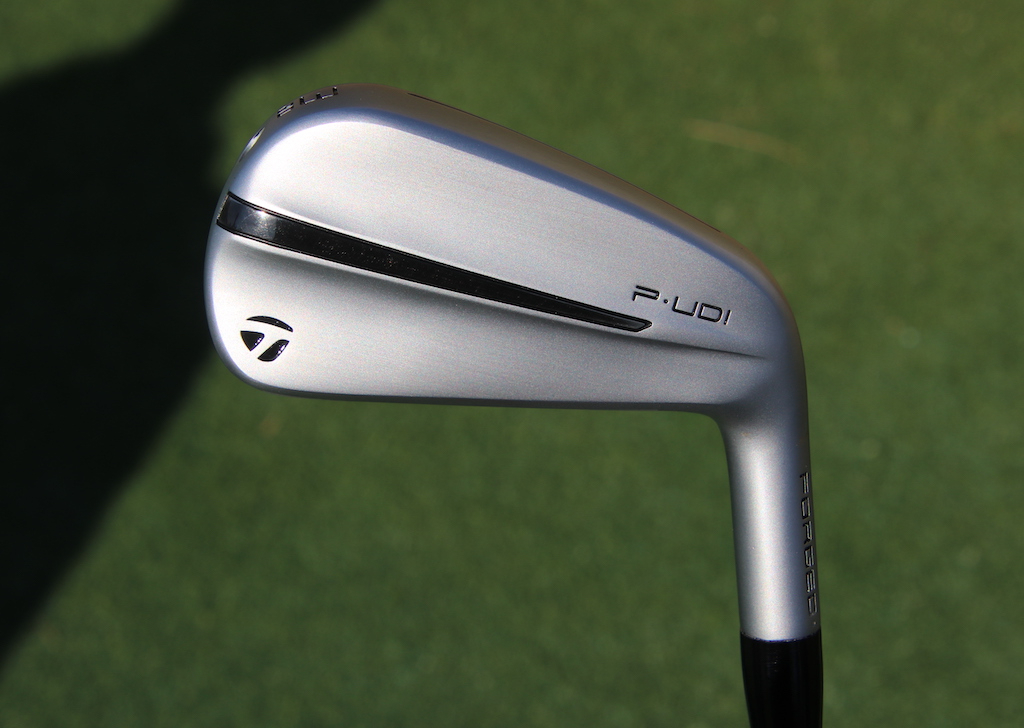
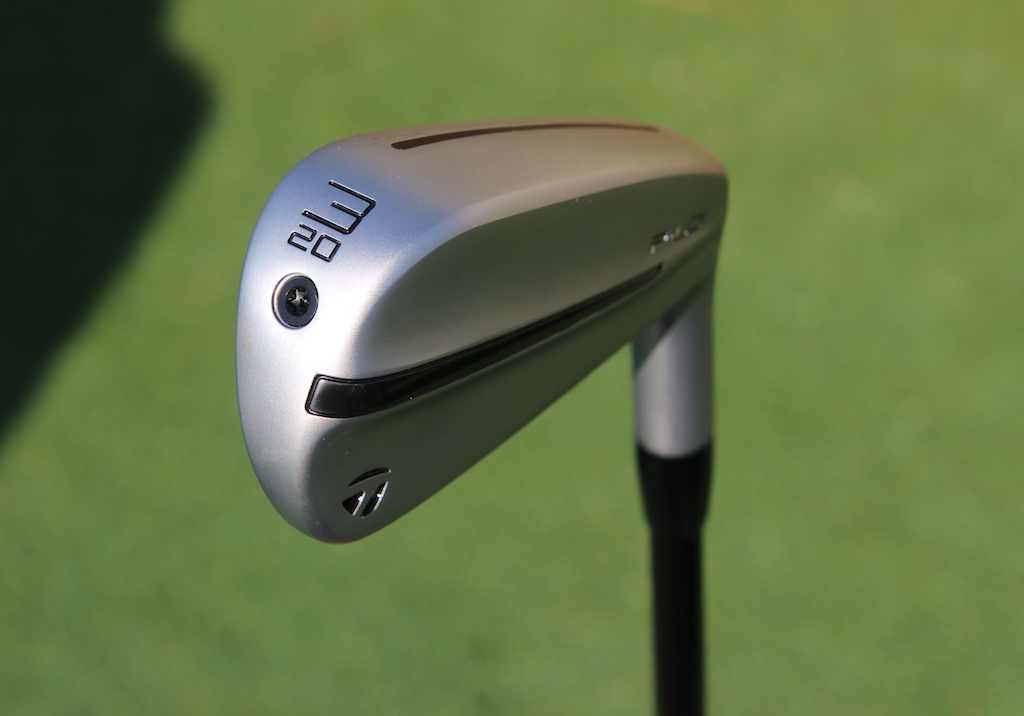
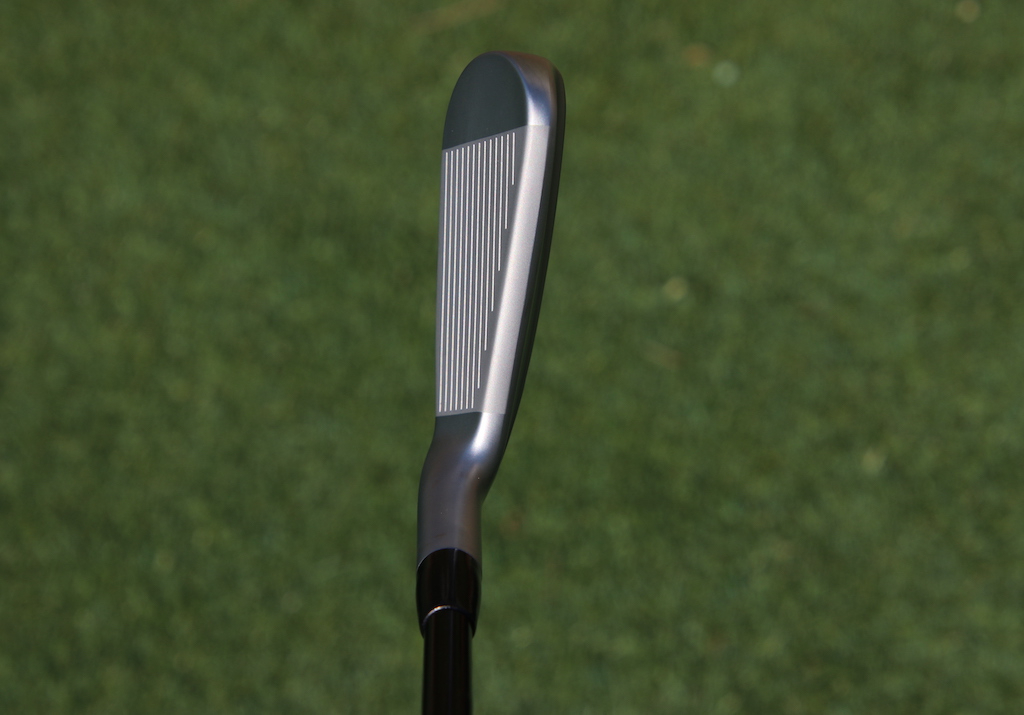
TaylorMade P-UDI 4-iron – 22°
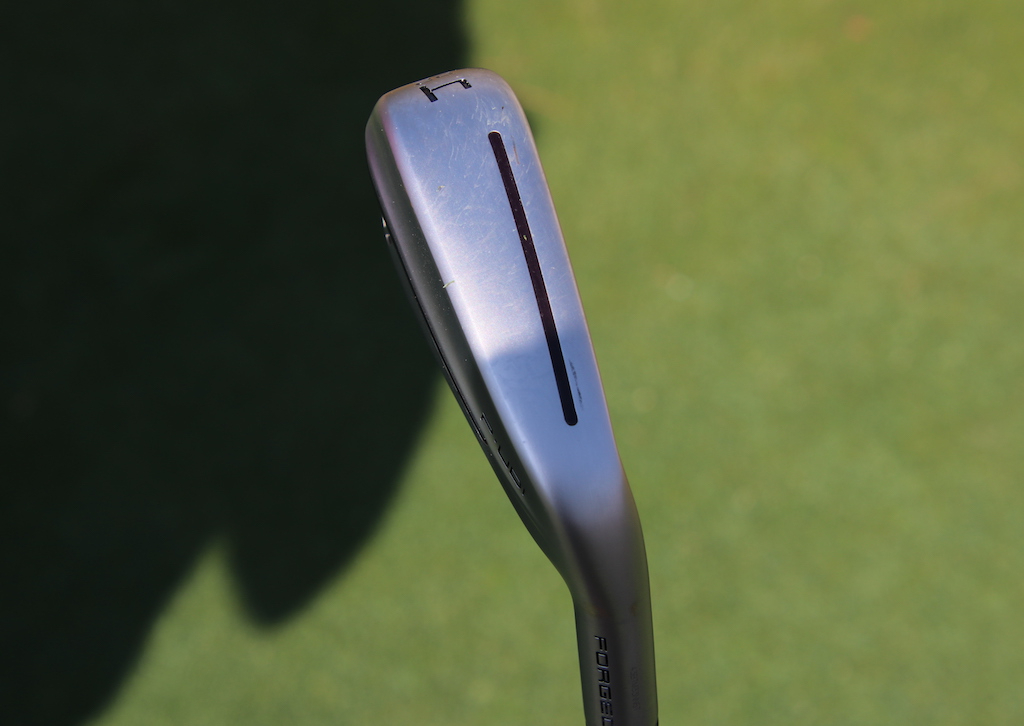
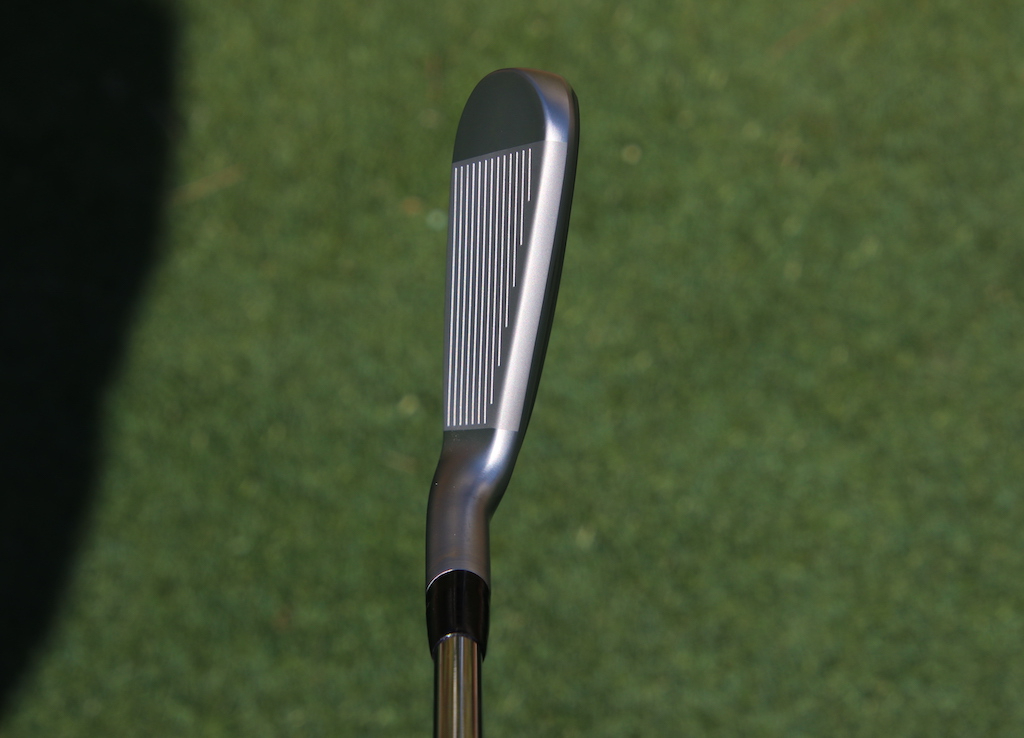
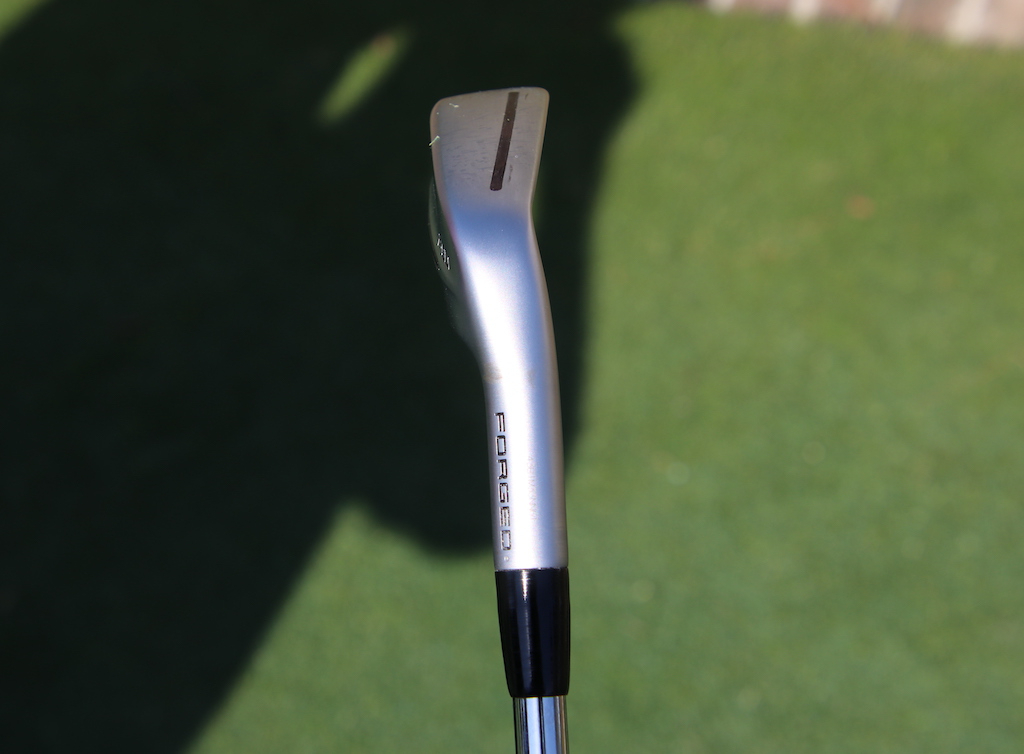
- Check out the rest of our photos from the 2024 RBC Heritage
- LIKE9
- LEGIT1
- WOW2
- LOL0
- IDHT0
- FLOP0
- OB0
- SHANK1
Whats in the Bag
Collin Morikawa WITB 2024 (April)
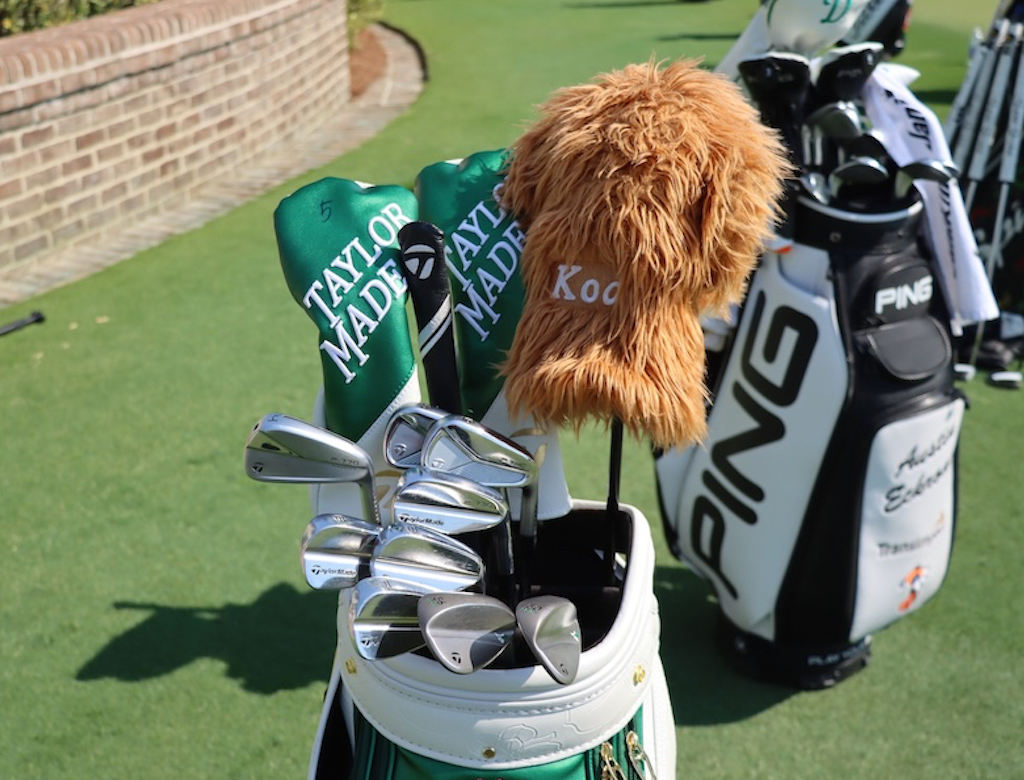
- Collin Morikawa what’s in the bag accurate as of the RBC Heritage. More photos from the event here.
Driver: TaylorMade Qi10 LS (9 degrees)
Shaft: Mitsubishi Diamana D+ Limited 60 TX (45 inches)
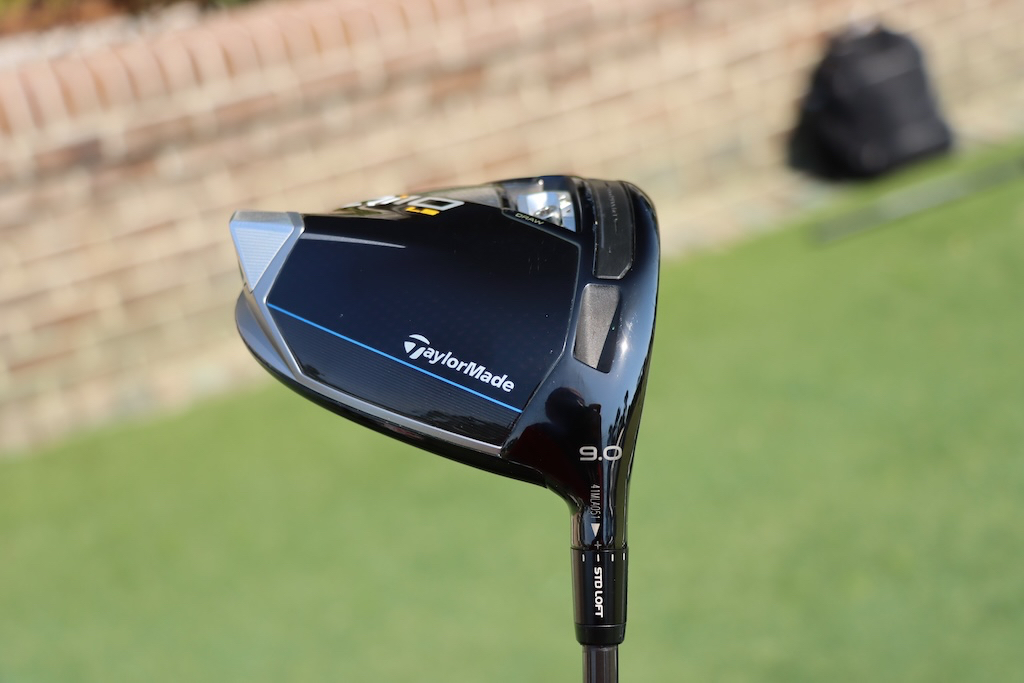
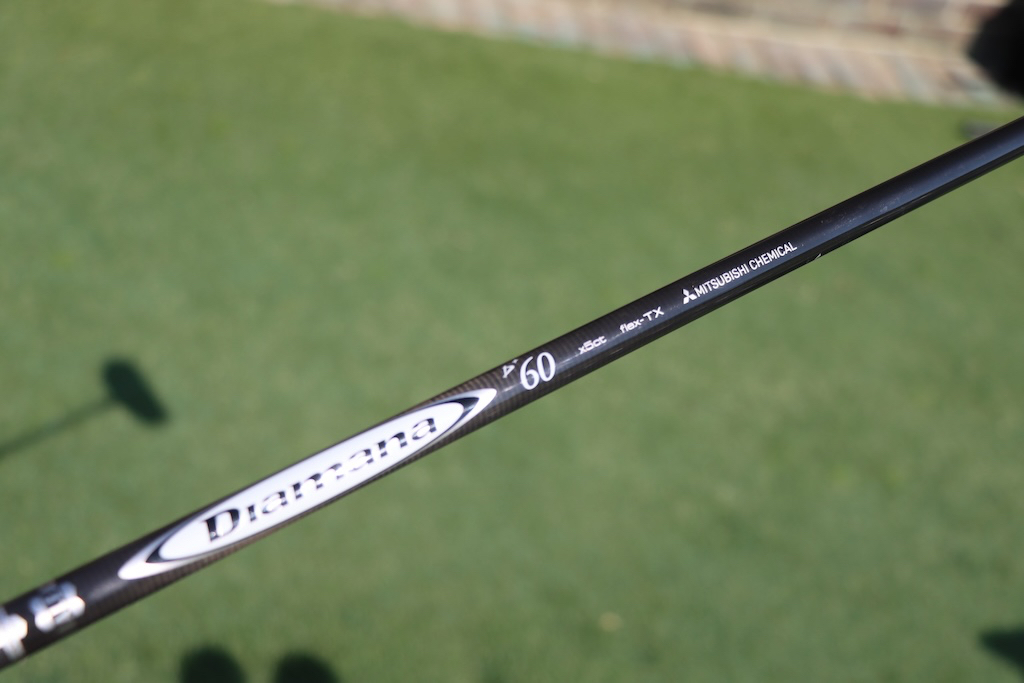
3-wood: TaylorMade Qi10 (13.5 degrees)
Shaft: Mitsubishi Diamana D+ Limited 80 TX
5-wood: TaylorMade Qi10 (18 degrees)
Shaft: Mitsubishi Diamana D+ Limited 80 TX
Irons: TaylorMade P770 (4), P7MC (5-6), P730 (7-PW)
Shafts: True Temper Dynamic Gold Tour Issue Mid 115 X100 (4-6), True Temper Dynamic Gold Tour Issue X100 (7-PW)
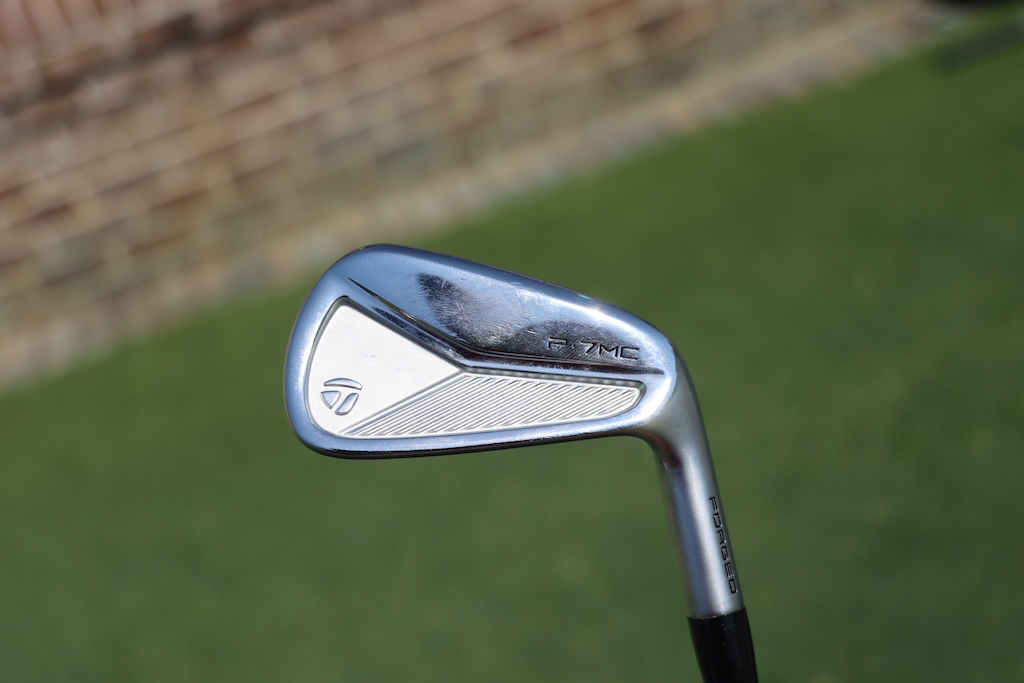
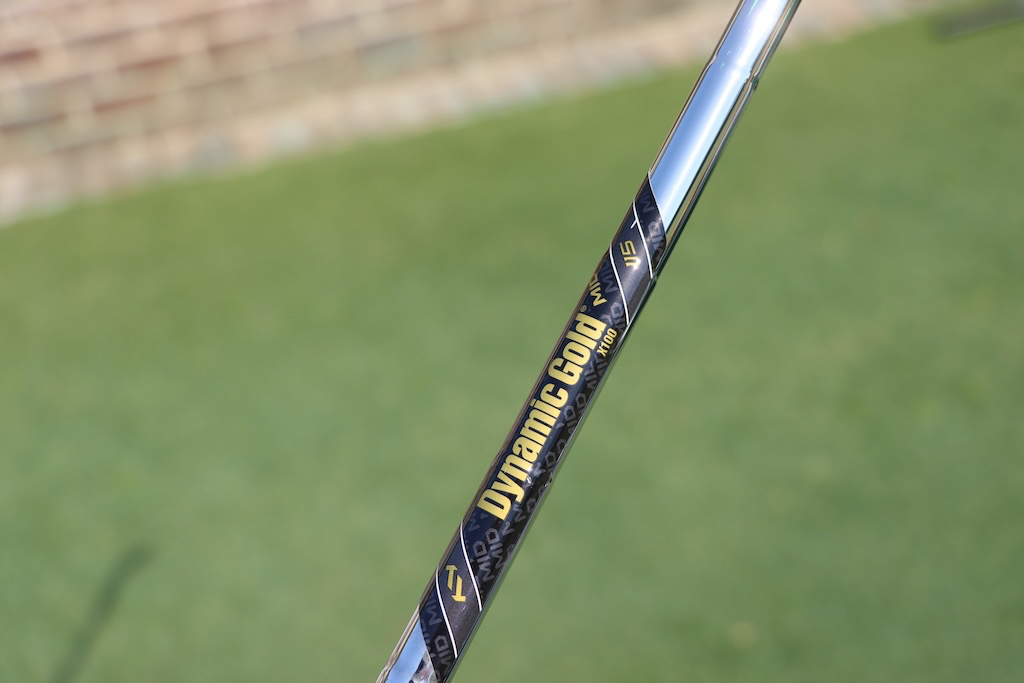
Wedges: TaylorMade MG4 (50-SB09, 56-LB08), TaylorMade MG4 TW (60-TW11)
Shafts: True Temper Dynamic Gold Tour Issue S400
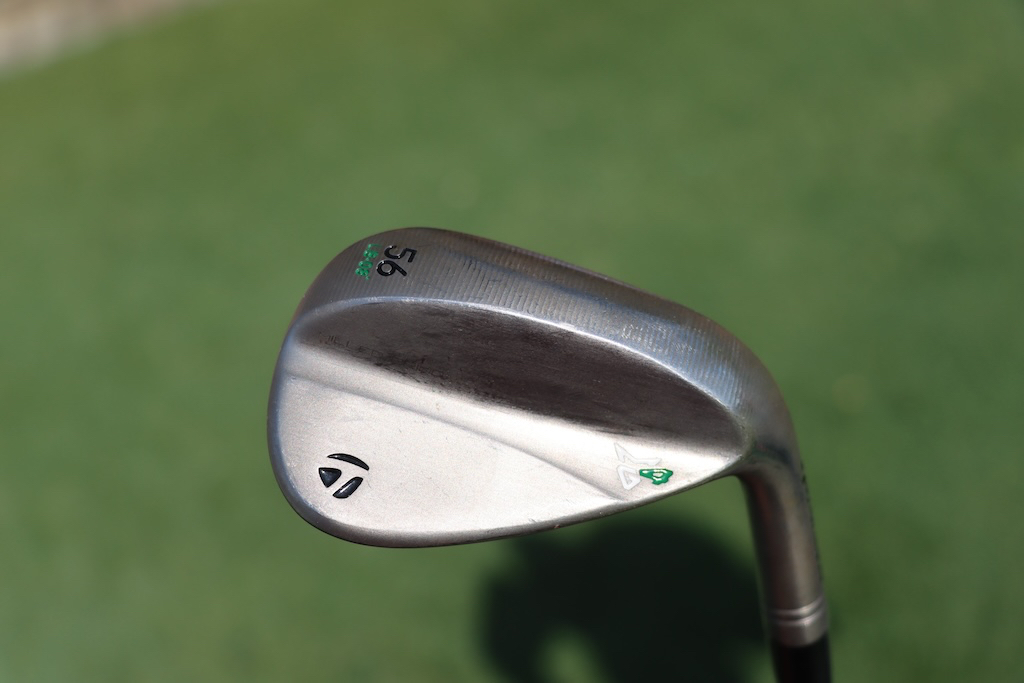
Putter: TaylorMade TP Soto
Grip: SuperStroke Zenergy Tour 2.0
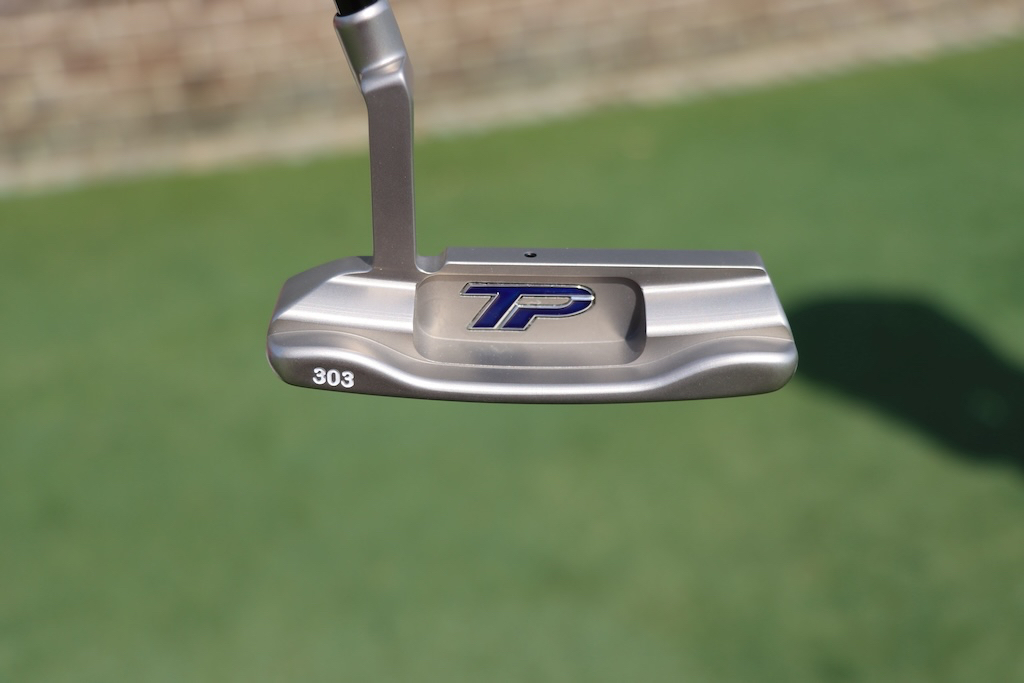
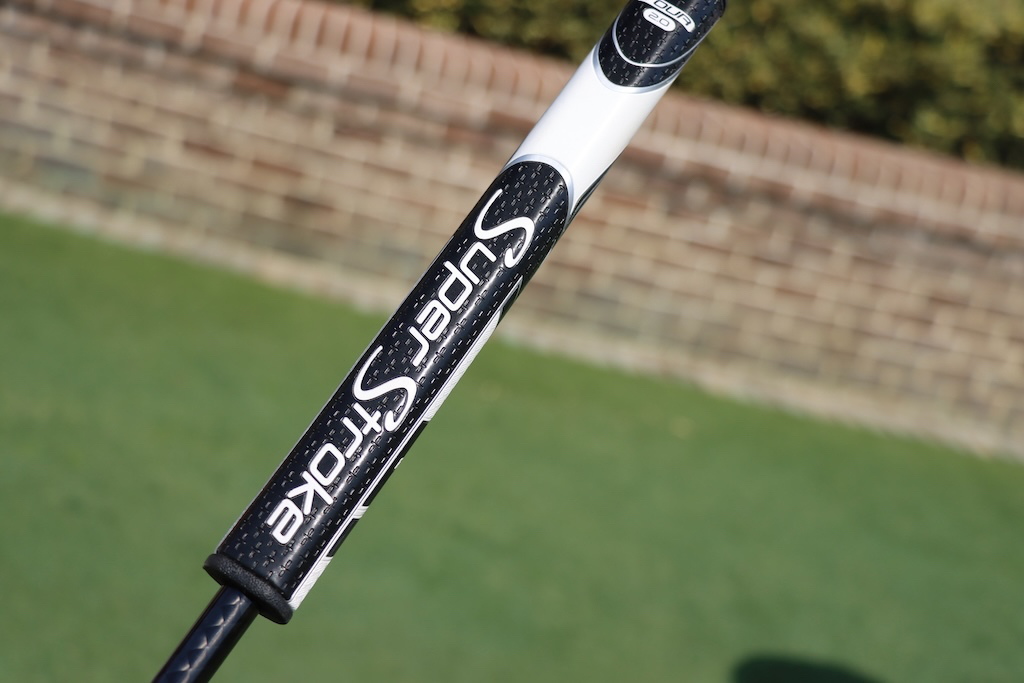
Grips: Golf Pride Z-Grip Cord
Ball: TaylorMade TP5x
- LIKE3
- LEGIT0
- WOW1
- LOL0
- IDHT0
- FLOP0
- OB0
- SHANK1
-

 19th Hole1 week ago
19th Hole1 week agoDave Portnoy places monstrous outright bet for the 2024 Masters
-

 19th Hole2 weeks ago
19th Hole2 weeks agoThings got heated at the Houston Open between Tony Finau and Alejandro Tosti. Here’s why
-

 19th Hole1 week ago
19th Hole1 week agoTiger Woods arrives at 2024 Masters equipped with a putter that may surprise you
-

 19th Hole2 weeks ago
19th Hole2 weeks agoReport: Tiger Woods has ‘eliminated sex’ in preparation for the 2024 Masters
-

 19th Hole3 days ago
19th Hole3 days agoTwo star names reportedly blanked Jon Rahm all week at the Masters
-

 19th Hole3 days ago
19th Hole3 days agoNeal Shipley presser ends in awkward fashion after reporter claims Tiger handed him note on 8th fairway
-

 19th Hole2 weeks ago
19th Hole2 weeks agoAddiction, spinal fusion, and scam artists – Everything Anthony Kim revealed in candid interview with David Feherty
-

 19th Hole2 weeks ago
19th Hole2 weeks agoAnthony Kim says doctors told him that he ‘may not have much time left’ ahead of LIV return



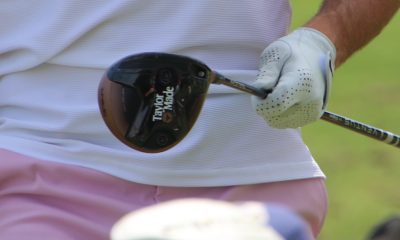

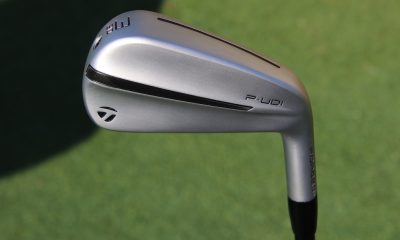





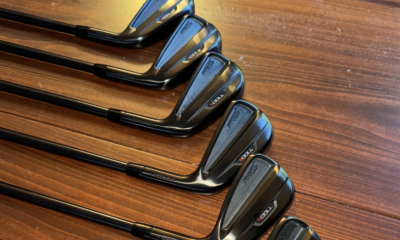













Christian Roberts
Jun 25, 2022 at 8:35 am
I am fortunate enough to have a set of Tour Square toe irons and 962DCi which I play with to this day and they are fantastic irons. I’m currently in the process of full restoration of the Tour models and hope to play those again soon. They were my Grandfathers and Fathers before me they will eventually be my Grandsons blades when he is old enough.
Golf
Mar 23, 2021 at 8:23 am
You forgot the 841s.
Mikel Jorden
May 4, 2020 at 10:43 pm
Wow!! I’ll take a set of those Box Blades, standard length, 2′ degrees flat, Royal Sand Wrap grips with reminder and 2 1/12 wraps PLEASE!!
mick
May 4, 2020 at 2:02 pm
Titleist 716CB. Awesome feel combined with tungsten made it as forgiving as earlier AP2 irons.
William Davis
May 4, 2020 at 1:44 pm
Seems as tho’ Titleist have never made a poor iron.
One day I would like to see an article on all the duds produced by the big brands.
Joe
May 4, 2020 at 1:43 pm
I’m still gaming the ZB Blades 6-PW, love them
Malibu
May 4, 2020 at 1:39 pm
Have really enjoyed these lists but this one left a lot to be desired…
The 762’s can’t be forgotten
As someone mentioned already the 735 CM’s were pure
The CNCPT series isn’t something that 99% will ever try so why add them to the all-time list?
ckay
May 4, 2020 at 12:45 pm
My first set of irons was a set of AC108s as hand me downs on the 1997.
Bill Rutledge
May 4, 2020 at 12:20 pm
Agree with the AC-108s as well as all your selections. The same-generation Pro-100s were really nice, too. Smaller blade, less offset, but some ‘help’ on off-center hits. Enjoyed the article.
dwayne bretzky
May 4, 2020 at 11:12 am
every titleist iron is the best iron ever.
Bladehunter
May 4, 2020 at 10:37 am
Totally missed the opportunity to include the “ custom grind “ MOTO program for the tour model and 681 blades. Left out the Miura forged T limited blade set , and last but not least the entire DCI line is glossed over in favor of picturing the 962 thrice. It’s the gold over size and the actual DCI- B that put titleist on everyone’s radar.
And since the comments were turned off for the tiger iron post I’ll have to say it here. Why did you miss the fact that there are 3 sets of tiger titleist irons pictured ? One T. One with no T and one with Tw-p3 ( practice set early edition ) pictured. The T irons didn’t come until last. It would be better to open up the comments than to miss obvious things that the pics depict. And you never know when someone can chime in with actual experience. Since I own a set of the “ blank “ 681s as pictured IN tigers bag. The no T version.
Several titleist staffers had these. Matt jones , Steve Stricker , and jay haas to name 3. And most people have never seen a set. Sure “ nobody cares “ but if that’s true why print the article ?
Pierre
May 4, 2020 at 9:55 am
Forged 735 CM
V
May 4, 2020 at 12:34 pm
I use the 735 stainless version and like them. It would have been fun to try the 731s had they ever made a right-handed version (you lucky lefties!). Titleist shows that the lofts on the 731s are 2* stronger than the 735s, so that would have created a bit more of a loft gap – at least on paper – with my SW. The 731s also look to be a more rounded shape and from the pics I’ve seen, they appear to have a more pronounced slope from toe – hosel. I always thought the 6 & 7 irons are really neat-looking with that scooped area in the muscle. Wonder what kind of steel they were cast from?
billyjack
May 4, 2020 at 1:00 pm
These were great! I mixed them with a set of 660 blades, but the 735 felt so much better. Thanks for reminding us.
Steve Finley
Jan 31, 2021 at 12:21 am
bing.
Can’t really do this list without them.
Rick
May 4, 2020 at 9:30 am
Titleist Golf 1979-80 TOUR MODEL
acsott
May 4, 2020 at 9:29 am
990s?
jeff
May 4, 2020 at 9:26 am
i believe mizuno mp-19 late 90’s were first lefty only irons
curt j benjamins
May 4, 2020 at 9:38 pm
I had a set of the tP 9’s directly from the mizuno rep when I worked at the course in Washington.
Great sticks with old school lofts, felt like butter
SV
May 4, 2020 at 7:42 am
I loved the look of the AC-108s and always wanted a set. However, as most clubs of the time they were not available left-handed. It’s better now, but there are still gaps.